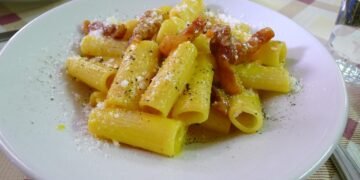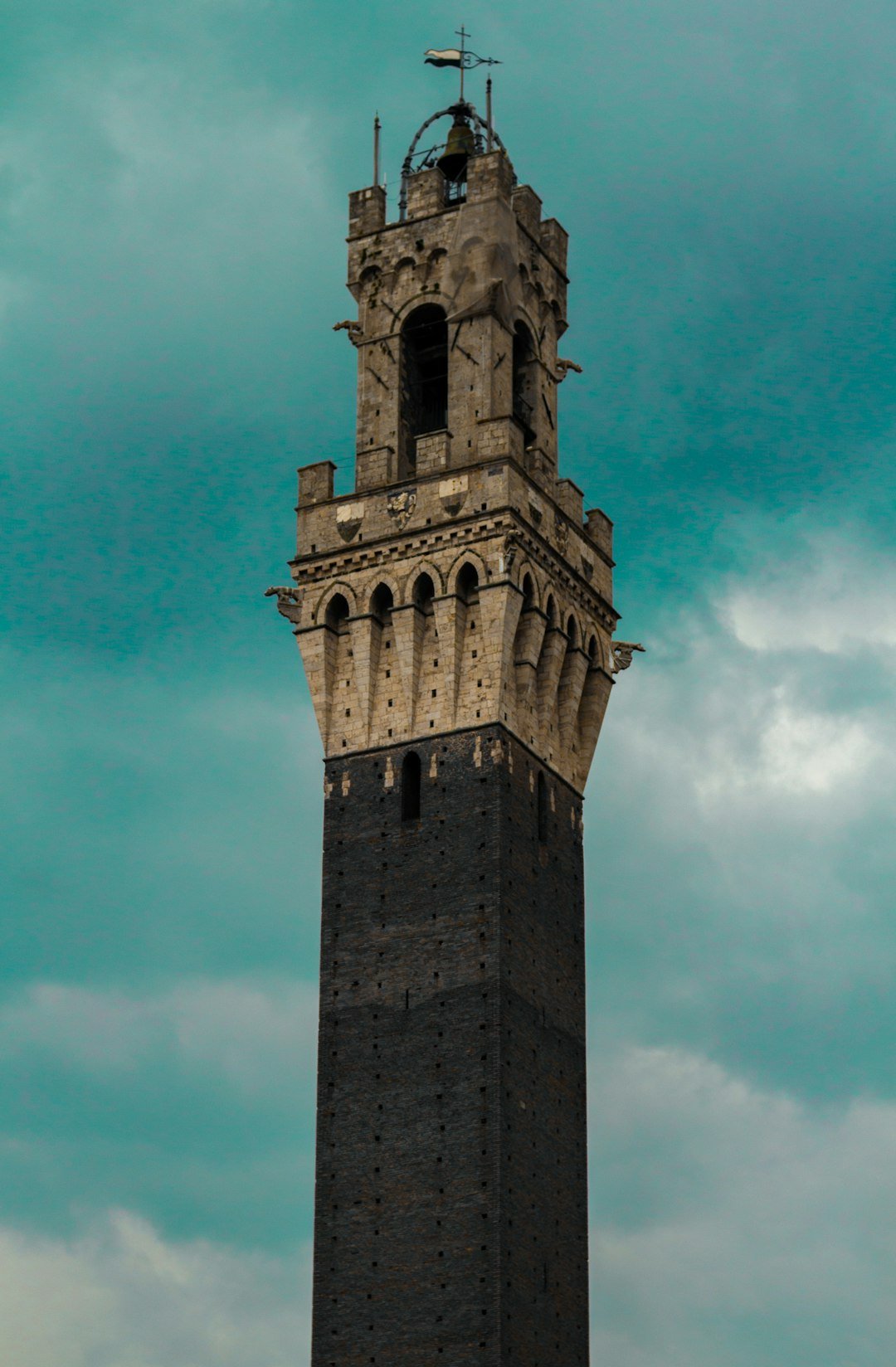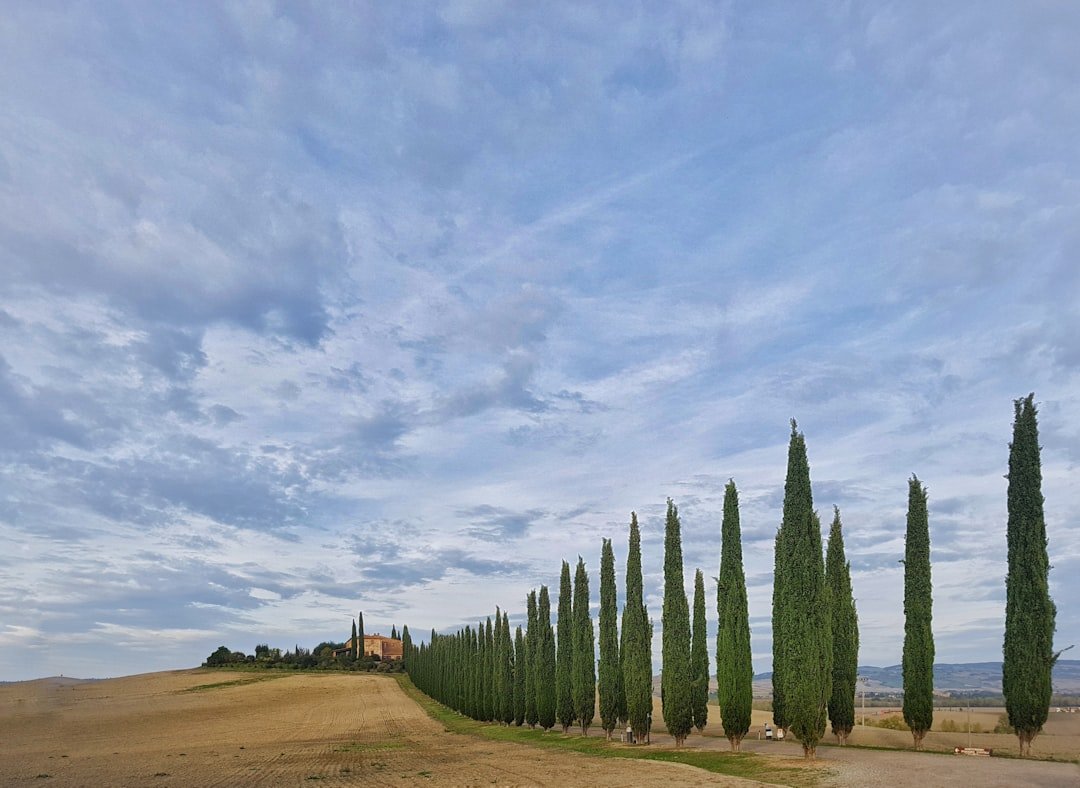Introduction to Tuscan Cooking Classes
Perhaps there’s no better way to explore the heart of a country than through its cuisine. Italy, in particular, boasts a gastronomic paradise, with the region of Tuscany standing out as a vibrant epicenter of authentic and delectable dishes. Through its array of Tuscan cooking classes, visitors can dive into this flavorful world. But, how to choose between different Tuscan cooking classes? There are numerous factors to consider to ensure your culinary journey is as stimulating as it is savoury.
The Essence of Tuscan Cuisine
Before delving into how to choose the right cooking class, it’s essential to understand the heart of Tuscan cuisine. Rooted in the Italian concept of ‘cucina povera’ or the ‘kitchen of the poor’, Tuscan gastronomy is characterized by simplicity, utilizing fresh, local ingredients to create dishes bursting with flavors. Some staples include Florentine steak, rustic soups, artisan breads, and, of course, a wide selection of local wines.
Identifying Your Culinary Interests and Skill Level
The first step in choosing a Tuscan cooking class hinges on your culinary preferences and skill level. There are classes that cater to varying experiences from beginners to more advanced cooks. It can be advantageous to identify which dishes or cooking styles you find fascinating.
For Beginners
A beginner’s class will offer a solid base of Italian and Tuscan cooking, focusing on mastering basic skills, terms, and traditional recipes.
For Experienced Cooks
More experienced chefs might seek specific session like those focusing on pastas, fish, or game, to hone in on a particular specialty. On the other hand, some classes delve into the more nuanced aspects of Tuscan cuisine like food pairing with the region’s renowned wines.
Considering the Duration of the Cooking Class
The duration of the cooking class is another key determinant. This largely depends on your travel itinerary and personal dedication to learning the cuisine. Various formats exist, from intensive one-day classes, to week-long courses that explore an array of Tuscan cooking styles and recipes.
| Type | Duration |
|---|---|
| One-day classes | 4-8 hours |
| Week-long courses | 5+ days |
Evaluating the Location and Setting
The Tuscan cooking class location is equally meaningful. You could have an urban experience in the heart of Florence, benefitting from proximity to markets, or choose a rural setting in the Tuscan countryside, perhaps in vineyard, for an immersive experience. Class sizes also vary with options ranging from intimate home kitchens to larger workshop format classes.
Checking the Reputation and Reviews
Finally, like any other service, it’s essential to check the reputation of the Tuscan cooking class. Read reviews online, pay attention to the feedback of previous class participants and you may even want to gauge the expertise and friendliness of the instructors. You may need to consider what is included in the cost – Some classes may include meals, wine tasting or even local market tours.
Conclusion
Choosing among different Tuscan cooking classes is no simple decision. It’s about choosing an experience that caters to your interests, matches your skill level, fits your itinerary, and provides an authentic, enjoyable learning environment. Whether you’re a novice chef seeking comprehensive guidance, or an experienced cook looking to refine your skills, Tuscany has a wealth of culinary lessons to offer. Buon Appetito!
























